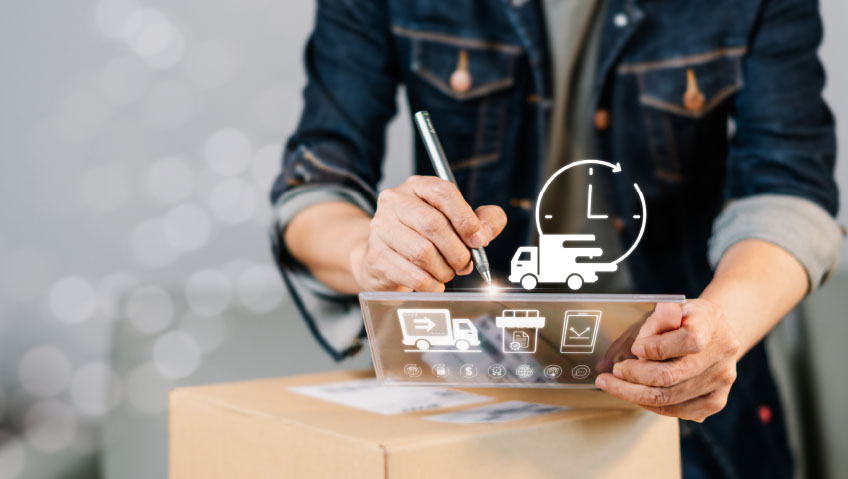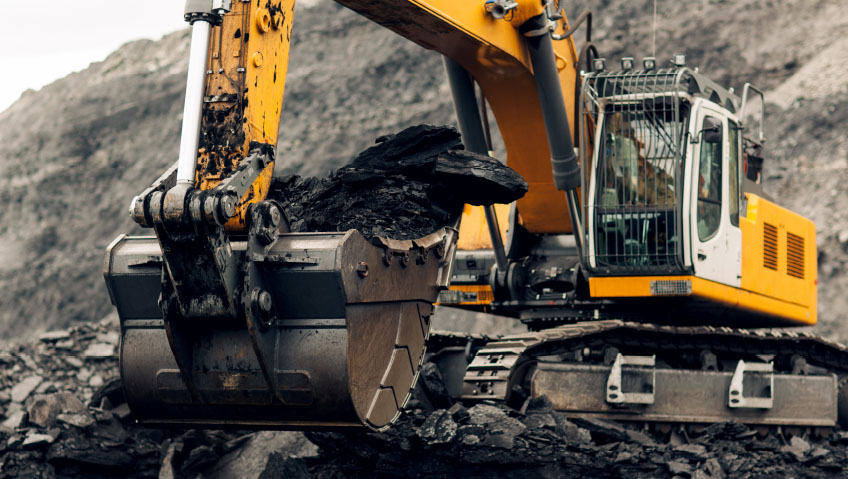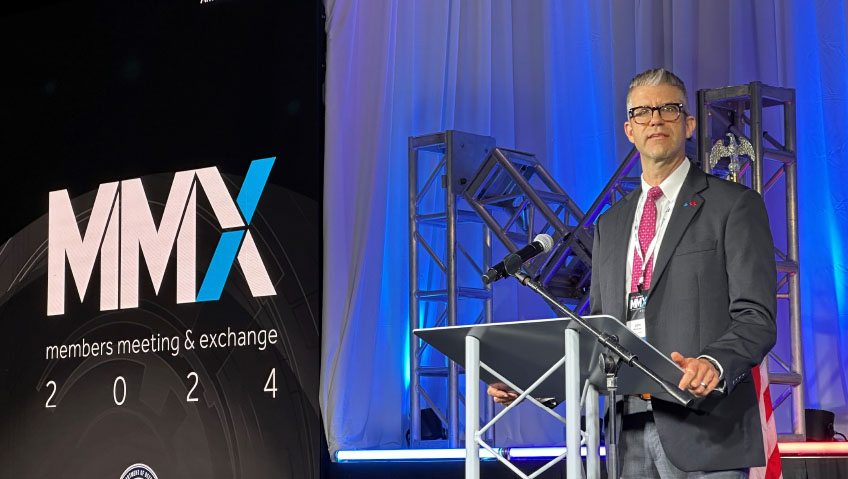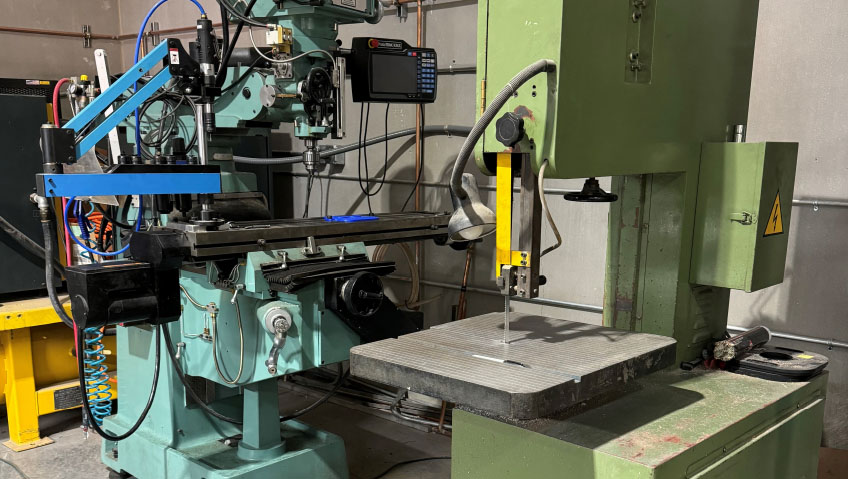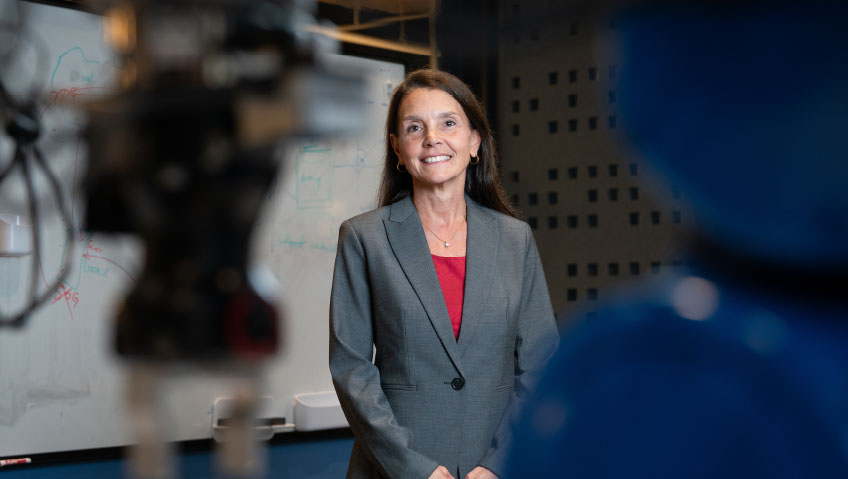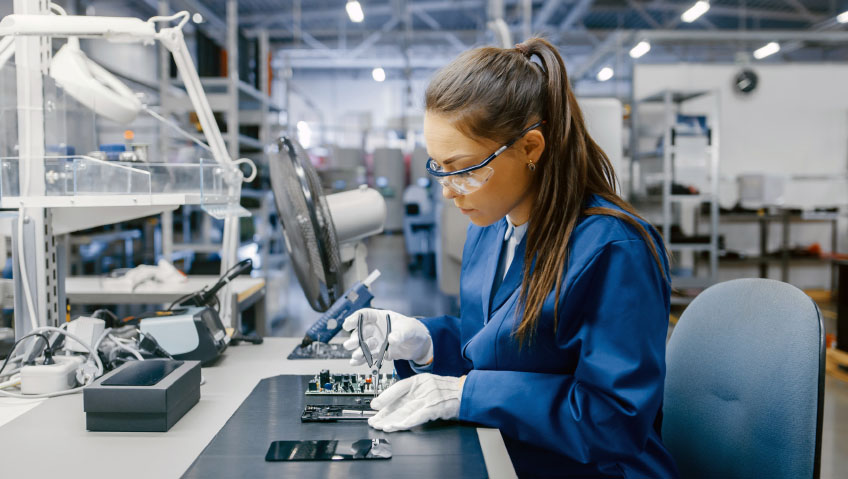The packaging industry is currently brimming with interesting and novel ideas that are either beginning to take shape or evolving into more complex final products. As individual customers and companies of all sizes continue to leverage globalized shipping and receiving, packaging is adapting to meet this increased demand and the growing calls for environmentally friendly solutions across all levels of worldwide business.
Most of the latest trends in packaging focus on streamlining and enhancing the customer experience. According to StartUs Insights, some of these trends involve technological advances, particularly around the concept of the Internet of Things (IoT), which refers to the interconnectivity of modern electronic devices. The smart packaging movement is at the forefront of this innovation, seeking to extend the life of goods through technological enhancements.
Using QR codes, RFID (Radio Frequency Identification) tags, and NFC (Near Field Communication), companies can achieve greater security and tracking at any price point, as well as improve connectivity and communication between package recipients and companies sending goods. Additionally, advancements like AR (augmented reality) technology can provide even more engaging experiences for clients. Denys Pavlov for SmartTek Solutions says that AR package labeling allows customers to access digital multimedia alongside their physical goods, including written information, videos, and even 3D models for a more entertaining and valuable experience.
Jana Iverson for PakFactory says that the current e-commerce boom coming out of the pandemic is part of a broader shift toward advancements in packaging technology. “With no in-store experiences or opportunities for the customer service industry during the lockdown, e-commerce is quickly on track to overtake traditional retail as the primary form of shopping,” says Iverson, particularly due to the customization that packaging can offer when tailored to individual customer experiences.
Now, companies that ship worldwide are embracing the role of packaging in enhancing the customer experience when ordering products, with cutting-edge technology serving as a tool to help people associate a delivered product with a positive and novel experience. A blog post from Omron Automation posits that this reflects a digital transformation in the packaging sector, where digital platforms are streamlining the packaging process by reducing manual labor and increasing efficiency at all stages of delivery.
The evolution of technology is not limited to the customer-facing side; automation is also gaining traction in the packaging industry to address persistent manufacturing issues like productivity, quality control, and accuracy. StartUs Insights reports that automated devices such as robotic arms and grippers are increasingly used for various tasks in creating and shipping packages, aiming to minimize the potential for human error.
The Omron Automation post highlights that Industry 4.0, which includes the push for automation in factory settings, is becoming an integral part of the packaging manufacturing process. With connected devices and predictive maintenance, the manufacturing floors of the future can experience less downtime.
Coupled with newer developments in AI (artificial intelligence) and machine learning, some packaging manufacturing facilities are upgrading to enhance package quality assessments, inspections, and sorting. Katie Pyzyk for PackagingDive says that machine learning—AI designed to mimic human-like updating knowledge—is being integrated with robotics to create more efficient packaging streams and identify recyclable materials, aiding the industry’s push toward greener packaging.
Perhaps more significantly than technology-driven solutions, innovation in sustainable and flexible packaging is one of the industry’s most prominent growth themes. According to a Smithers report by Georgy Cameron, the global market for flexible packaging is expected to grow at an annual average rate of 3.4 percent, reaching 37.5 million tons by 2026.
This includes initiatives like biodegradable packaging, which utilizes materials such as starch, cellulose, and other plant-based substances like sugarcane or hemp to replace single-use plastics—a leading concern in many business sectors that rely on large-scale manufacturing. StartUs Insights notes that biodegradable packaging options aim to reduce the environmental impact of traditional methods while providing a cost-effective solution for businesses, underscoring their importance to the industry moving forward.
Fiber-based packaging is gaining traction in particular. A market report from Transparency Market Research in 2022 indicates that the fiber-based packaging market is expected to grow by 3.6 percent CAGR (compound annual growth rate) by the end of next year. “Due to rise in awareness among consumers regarding environmental concerns, this population base is inclining toward the use of eco-friendly products,” the report states. Currently, dry molded fiber appears to be the most effective way to produce this material into ready-to-use packages, as it is faster to produce, highly recyclable, and generates fewer carbon dioxide emissions than plastics.
Other materials, like PCR (post-consumer resins), are being explored for manufacturing due to their potential for end-stage recycling. Edible materials, such as packaging made from milk protein, are also emerging, especially for food products. Jana Iverson mentions that natural materials like algae, plant fibers, seaweed, and crops for edible packaging offer potential innovations in coloring, packing, and more. This could lead to packaging options that are friendly to both humans and animals, resulting in solutions that are even more directly recyclable.
These themes and more will be discussed at PACK EXPO 2024, an annual event that provides insight into the packaging industry at large. This year’s conference will take place from November 3-6 in Chicago, Illinois, featuring 2,600 exhibitors interacting with tens of thousands of attendees. This gathering of industry professionals aims to educate attendees about the latest trends in packaging and their relevance to the world around them.
A range of topics will be covered this year at PACK EXPO, with AI and generative AI being new focal points alongside established discussions on optimizing package design, innovations in automation and robotics, sustainable and recyclable packaging, and more. The expo will also offer an opportunity for packaging businesses of all sizes and across various disciplines to educate themselves on these topics, helping to define next steps for this decade and beyond.
In a report for Packaging Gateway, Mohamed Dabo notes that top industry leaders like Amcor, DS Smith, and Westrock are all committed to creating more environmentally sustainable packaging, as well as exploring innovative ways to design and market various solutions to today’s marketplace. “With a focus on reducing waste, minimising environmental impact, and meeting the needs of customers, these companies are shaping the future of the packaging industry,” Dabo says.
The packaging sector is dedicated to ensuring that customers receive what they need when they need it, while also prioritizing sustainability efforts to keep future generations in mind, ensuring that the industry remains integral to global operations indefinitely.

